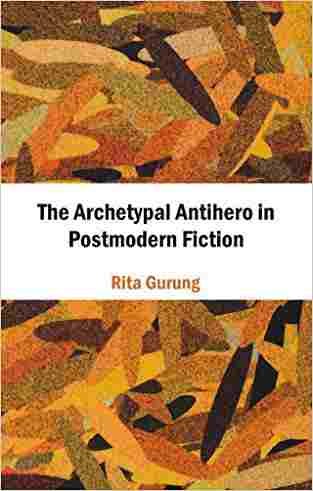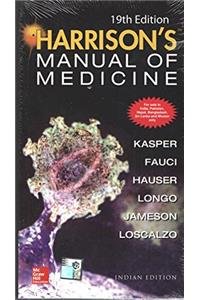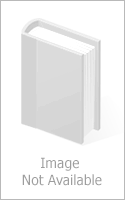Only logged in customers who have purchased this product may leave a review.
Sale!
Archetypal Antihero in Postmodern Fiction (Hardcover) | Released: 2010
By: Rita Gurung (Author) Publisher: Atlantic33.00% Off Original price was: ₹650.00.₹436.00Current price is: ₹436.00.
You save ₹214.00
The character of the main protagonist in literature has undergone a radical change with the passage of time, from a heros to that of an antihero, defined as a principal character who lacks noble qualities and whose experiences are without tragic dignity, or a protagonist who lacks the characteristics that... Read More
In stock
Ships within 1-2 Business Days

100% Orginal Books

Easy Replacement

Certified product

Secure Checkout

On time delivery
About The Book
The character of the main protagonist in literature has undergone a radical change with the passage of time, from a heros to that of an antihero, defined as a principal character who lacks noble qualities and whose experiences are without tragic dignity, or a protagonist who lacks the characteristics that would make him a hero. The term archetype denotes a primordial image, character or pattern of circumstances that recurs throughout literature, history and thought consistently enough to be considered universal. Postmodern means of or relating to any of the several artistic movements that have challenged the philosophy and practices of modern art, or has amounted to reaction against an order view of the world.
This study is an attempt to understand the concept of antiheroism, dismantling the myth of the hero. It also tries to explore the relationship between antiheroism and postmodernism, and explain who is an antihero, why and how does the failure to act in a prescribed and socially accepted manner make one an antihero.
The book explores the radical world of the antiheroes, the whys and the hows, and the ensuing tragic consequences that follow their actions. The subject matter is divided into five chapters, including the Introduction and Conclusion. Using the archetype of the antihero, as existing in various cultures, the Introduction traces the trend of antiheroes, throughout the centuries, right from Marlowes Lucifer to Goldings Merridew, and also analyzes the qualities that make one an antihero.
The three chapters discuss six antiheroic characters from six different novels which made a great impact in the literary world from the 1930s to the 60s: Becketts Molloy, Greenes Heart of the Matter, Goldings The Lord of the Flies, Sillitoes Saturday Night and Sunday Morning, Naipauls A House for Mr. Biswas and Ngugis The Grain of Wheat, pairing the six antiheroes into three pairs according to their similarities, in nature and in situation. The novels and the characters offer a concise iconography of contemporary and postmodern corruption and disorder in one way or the other. The antihero emerges as a fragmented man deprived of his identity.
The ideas have been presented in simple language and lucid manner for easy understanding by the readers. The book will prove extremely useful to the students and teachers of English literature and researchers in the field of postmodern fiction.Table of Contents: Acknowledgements; Preface; 1. Introduction; 2. The Radical Rebel: Jack Merridew and Arthur Seaton; 3. The Search for Identity: Mohun Biswas and Mugo; 4. The Urge to Fail: Molloy and Henry Scobie; 5. Conclusion; Select Bibliography










Reviews
There are no reviews yet.